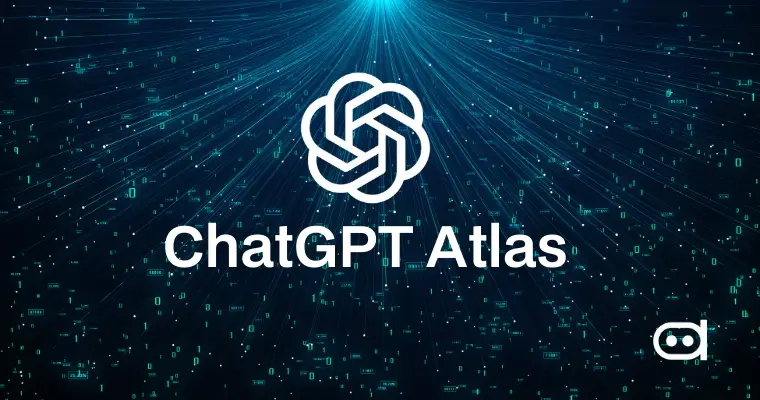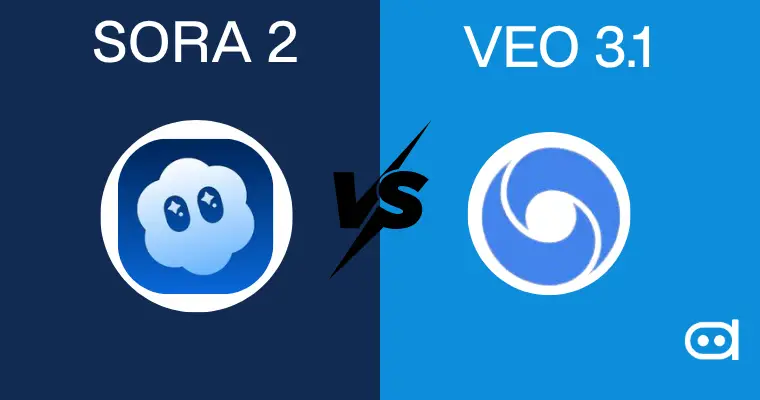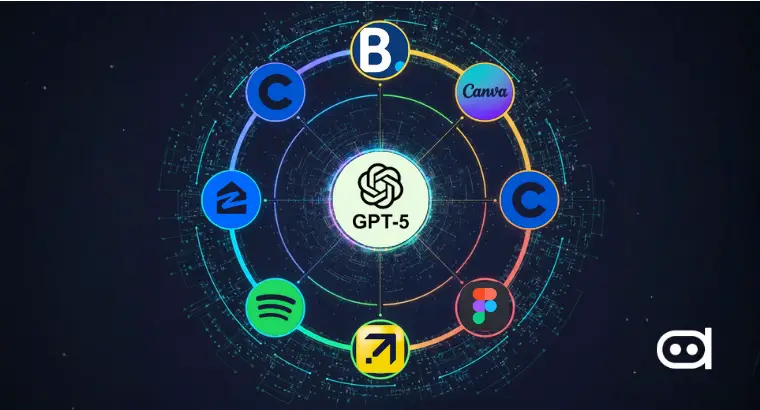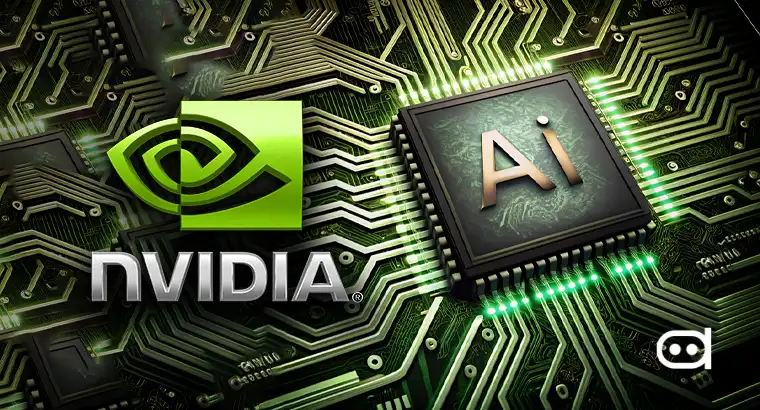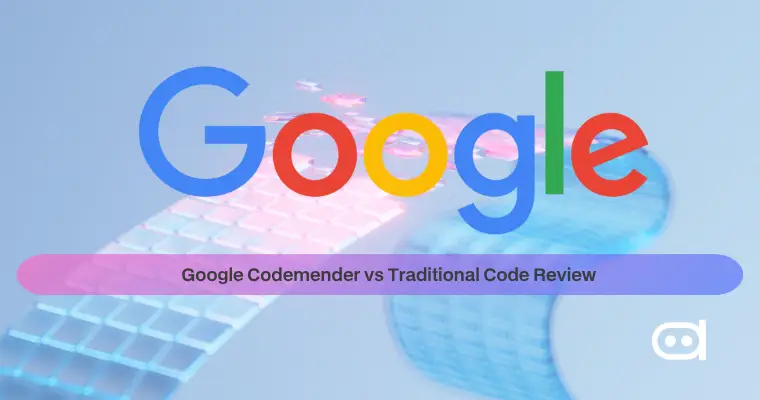
Code reviews are a prerequisite for the quality of software development and have been so for ages. They consist of several advantages, such as cleaner code, increased collaboration, and fewer bugs. However, as development cycles get shorter, manual reviews are unable to keep up with the requirements of speed and accuracy.
Then enters Google Codemender – a code optimization and review assistant that relies on AI. Designed to analyze, debug, and suggest improvements almost instantly, Codemender represents the next evolution of automated code review tools.
What is Traditional Code Review?
Traditional code review is a process of manually inspecting code for error identification, standards maintenance, and software quality improvement. It’s usually carried out on platforms like GitHub, GitLab, or Bitbucket, where developers closely review requests, leaving comments and requesting changes before merging.
While manual reviews foster collaboration and mentorship, they also cause delays in the process. Reviewers may overlook minor bugs, may take too long on trivial matters like syntax, and can even postpone releases because of conflicting calendars. The increasing size and complexity of the project make the traditional methods time-consuming and inconsistent, negatively affecting delivery timelines and overall team productivity.
What is Google Codemender?
Google Codemender, which was created by Google DeepMind, is a tool that uses AI to help with code review and optimization, thus speeding up the development process. It automatically performs an analysis of the source code, finds bugs, and provides refined suggestions across a variety of programming languages by means of large language models and advanced machine learning algorithms.
The main features consist of real-time detection of bugs, suggestions on refactoring code, and enforcement of AI-assisted coding styles that comply with the best industry practices. Codemender works with the current development pipelines and CI/CD tools, allowing programmers to maintain rapid iteration cycles without compromising on the output quality.
Codemender assists in innovation rather than in monotonous fixes by lessening the manual work and bringing the insights to the surface more quickly, placing it among the best code review tools for AI-driven engineering workflows.
Google Codemender vs Traditional Code Review
| Features | Google Codemender | Traditional Code Review |
| Review Speed | Near-instant analysis powered by AI. | Slower due to human dependency. |
| Error Detection | Identifies syntactic, logical, and optimization-related errors. | Dependent on reviewer expertise. |
| Collaboration | Centralized feedback and shared learning. | Encourages discussion and mentorship. |
| Scalability | Handles large codebases efficiently across distributed teams. | Slows down as project size and contributor count increase. |
| Learning Curve | Minimal; integrates into IDEs and pipelines. | Steeper; requires understanding of team guidelines. |
| Code Quality Improvement | Constantly learns from previous data; ensures consistent code quality. | Varies by reviewer experience and time available. |
| Integration with CI/CD | Built for automation; supports continuous deployment environments. | Often requires manual triggers and human approval. |
| Automated Suggestions | Provides instant refactoring and optimization recommendations. | Reviewers manually flag and explain every issue. |
| Support for Multiple Languages | Multi-language compatibility. | Depends on the individual reviewer. |
| Ease of Onboarding New Developers | Reduces ramp-up time by explaining patterns and best practices. | Slower; new developers depend on mentor feedback. |
| Costing | Requires licensing or subscription but saves time and costs. | Labor-intensive; higher opportunity cost. |
Real-World Use Cases
Large companies coming up with a distributed development team have no worries concerning time zone issues since Codemender takes care of the entire cross-coordination that is time-consuming. Through constantly automated reviews that maintain workflow consistency, the quality assurance process is streamlined with no conflicts, and concurrently, the company’s coding standards are adhered to.
In sensitive areas like fintech or healthcare, Codemender participates in documentation and audit readiness by spotting issues relating to security or compliance, and at the same time, the human reviewers are allowed to concentrate on the more critical aspects of architecture.
Our Verdict
Google Codemender vs traditional code review is like comparing apples to oranges, as the major difference is in the efficiency. To sum up, Codemender is quicker and more accommodating for the future of development, while a hybrid model of AI-assisted automation plus human insight offers the best balance between speed and precision.
FAQ‘s
Can Codemender completely replace traditional code reviews?
No, human input is still a must when it comes to architecture and design decisions.
How much faster is Codemender in practice?
Reports indicate that it may be up to 5x faster, with variations according to the project scale.
Is Codemender suitable for all programming languages?
Yes, it is compatible with major languages, and others are being added to the list.



